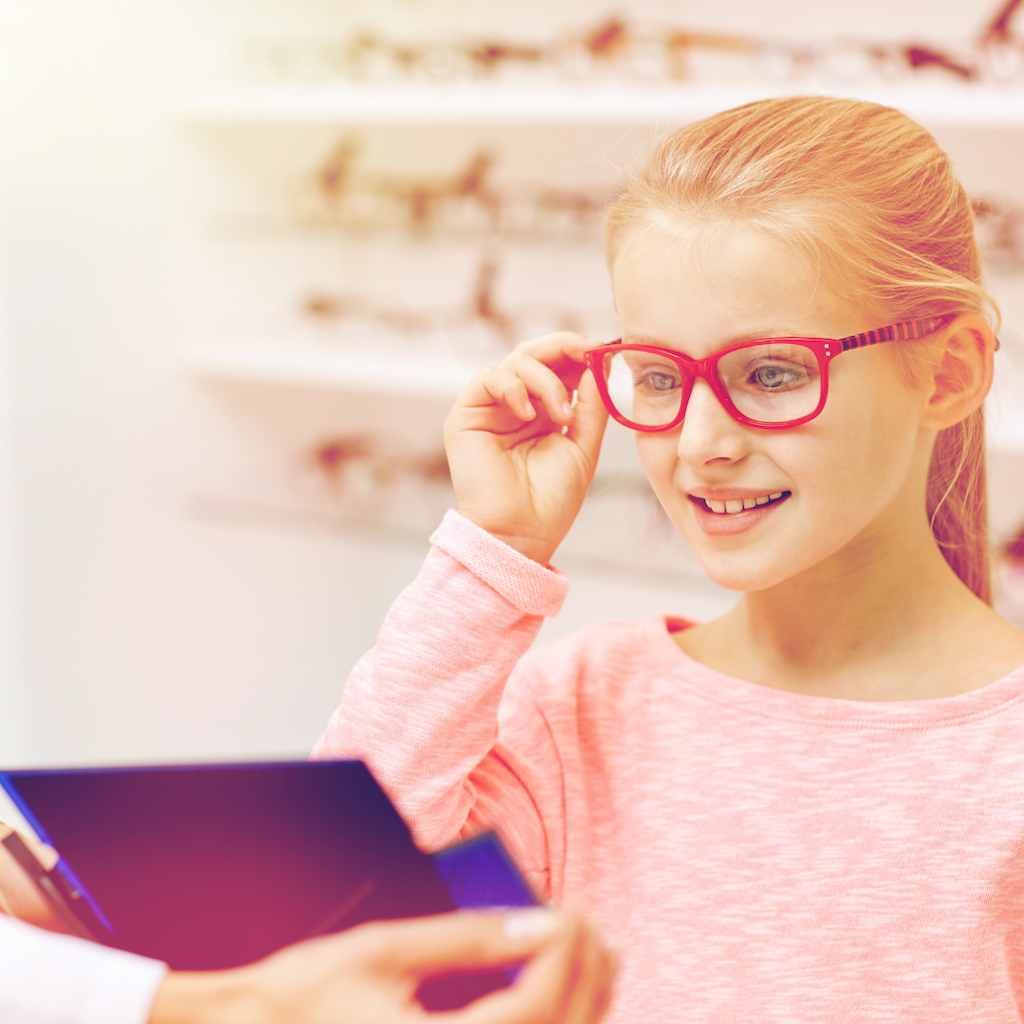
Spotting Eye Problems in Kids: What to Look Out For
Eye problems in kids can be hard to spot, and
children are not always able to articulate the health problems they're
experiencing. If they're very young, they may not even know or be able to
communicate that their vision is impaired. This is why parents need to know how
to spot the signs of both common and more unusual eye problems before they
become harder to treat.
According to experts, eye problems are far easier
to diagnose and treat when a child's vision is still developing (which happens
at around seven or eight years of age). Here are some of the signs to look out
for.

Eye problems in kids: what are the signs?
The younger your child is, the more difficult eye
problems can be to spot. Children under three can't usually identify eye
problems by themselves, especially if they can't talk yet. Because your child
cannot always tell you when they're experiencing difficulties with their
vision, parents need to know the signs.
Signs that could indicate eye problems in toddlers
include:
- Sensitivity
to light, both indoors and outside
- Covering one of both of their eyes
- Eyes that look misaligned
- Rubbing eyes consistently
- Tilting their head a lot
- Avoiding focus activities like colouring and
puzzles
- Squinting when looking at detailed objects
- Clumsiness,
difficulty getting around
In children of school age and older, the signs may
be slightly different, and they may be able to verbalise what they're
experiencing. In general, signs your older child may be having trouble with
their vision include:
- Complaints
of frequent tiredness and headaches
- Difficulty reading, such as having to hold
books very close to their face or losing their place often
- Eyes pointing in different directions
- Issues with hand-eye co-ordination, such as
problems playing ball games
- Clumsiness
- Frequent
eye rubbing
What should you do if you suspect your child has
eye problems?
If you're concerned that your child could have eye
problems, it's important to consult an eye doctor. Your toddler could need
glasses, or they may have an eye disorder that requires treatment.
Common eye problems in kids may include allergies,
conjunctivitis, amblyopia ("lazy eye"), refractive errors (such as
myopia, also known as "nearsightedness") or crossed eyes. Some of
these issues require treatment from a doctor, so always book an appointment
with an optician or ophthalmologist if you're unsure.
Even if your child displays none of the signs of
having eye problems, it's still a good idea to take your child for regular eye
exams. Experts at All About Vision suggest taking your child for an eye exam when
they are six months old to check that their vision is developing properly.
After that, young children should have another routine eye exam at three and
six years old.
You should also make sure eye injuries, such as
bruising or debris in the eye, are looked at by a doctor. You should not try to
treat the eye at home, as this could make the problem worse. You can avoid your
child developing eye problems later by seeking immediate medical attention
after an eye injury.
Eye tests are free on the NHS for children under sixteen, and for young people
under nineteen in full-time education.
What happens if eye problems in kids go untreated?
Untreated eye problems in kids can get worse over
time, and they may eventually result in partial or complete loss of sight.
Whatever visual problems your child is experiencing, an early diagnosis will
make it possible for them to access care and for you to enlist any support
services they may need.
Has your child had eye problems? If so, what were
the telltale signs? Leave your comments below.


Submit your comment